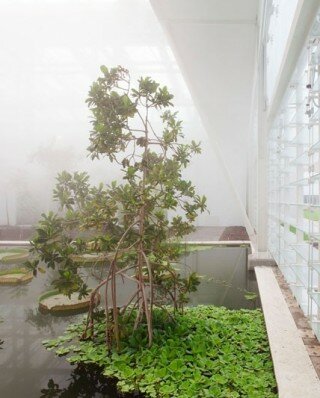ANIMALITA’
Posted on January 28, 2015 by Luisa Fazio
In a lifetime, the need of not feeling alone is physiological, especially in our domestic space. Who has not welcomed home a chubby pig-shaped piggy bank or a stinging doorstop under the shape of a hedgehog? We loved the company of useful objects but also objects that have renounced their functionality. Do not forget the improbable collection of turtles, elephants and bunnies! Ten established and emerging international designers have intersected their passion for furnishing with love for animals, in a sympathetical and imaginative way. In collaboration with Bosa, Venetian ceramic laboratory, known throughout the world, they have created ANIMAlità: a zoomorphic collection on display at the Triennale Design Museum in Milan. Design objects from animal shapes such as cats, armadillos, beetles, toucans, unicorn colorful, funny, ironic, everyday usage but also playful and apotropaic. Animality in the service of matter. The zoo collection is strictly of refined ceramics. Designers have very well passed the risk of running into banality and bad taste. There are no unnecessary and superfluous objects, but only objects that make us feel good, really good.



































 Copyright © The Harlow 2019
Copyright © The Harlow 2019